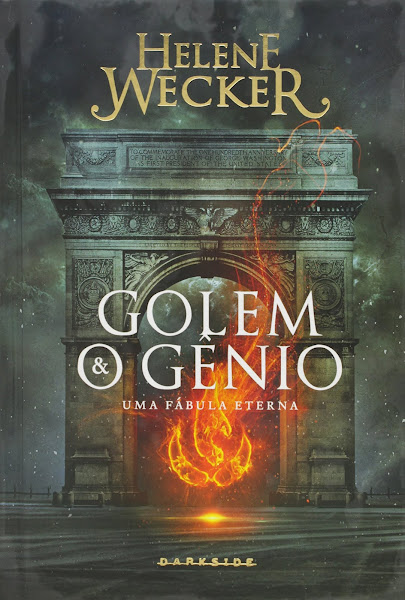

During the crossing from Poland to New York, he dies, leaving the golem on her own. He is also unable to hold back from warning Rotfeld that golems, no matter the intent behind their creation, are inevitably bound to “eventually run amok,” and arms Rotfeld with the sorcerous words that can destroy the golem.įortunately for us, Rotfeld has no need to use those words. Initially dismissive of such a request (golems are built for protection and brute force, he points out), Schaalman is unable to resist the challenge of creating a creature with the unique requirements that Rotfeld specifies: curiosity, propriety and intelligence. Instead, he wants Schaalman to make him a wife a golem, formed of clay and animated by magic.

Yehudah Schaalman, the occultist he goes to, is no match-maker though rather, he is a practitioner of the darker arts of Kabbalah, and Rotfeld wants no ordinary woman. The Golem and the Jinni begins in Poland where Otto Rotfeld approaches a dubious mystic with the request for a wife. Oddly enough, all these elements come together well to create a discourse about faith and free will that Wecker somehow - although sometimes just barely - makes work. Helene Wecker’s novel is ambitious: a blend of myth, historical fiction and fantasy, seasoned with a soupçon of philosophic discourse.

Given what the two of them get up to through the course of the events narrated in The Golem and the Jinni, one can hardly blame the US administration for being suspicious of characters with Middle Eastern origins.īoth Chava the golem and Ahmad the jinni are strangers in a strange land, trapped in the theological and metaphysical spaces between tradition and modernity. In the present-day, the Department of Homeland Security would probably have some sort of collective psychotic breakdown at the thought of these two creatures - one a golem, a woman made of clay, and brought to life by a megalomaniacal rabbi the other a jinni, a shape-shifting elemental being made of fire and inadvertently released from - what else - his lamp prison by an Arab tinsmith - entering anywhere into the USA without some sort of highly intrusive full-body search.

These two supernatural beings are but slight blips in the wave of migrants making their way to New York at the turn of the century, a day and age when the words on the Statue of Liberty were more than just lip service to the idea of welcoming foreigners. Well, one walks - quite literally, across the bed of the Hudson River - while the other just sort of…manifests. It sounds like the start of a joke: A golem and a jinni walk into New York City at the turn of the century.


 0 kommentar(er)
0 kommentar(er)
